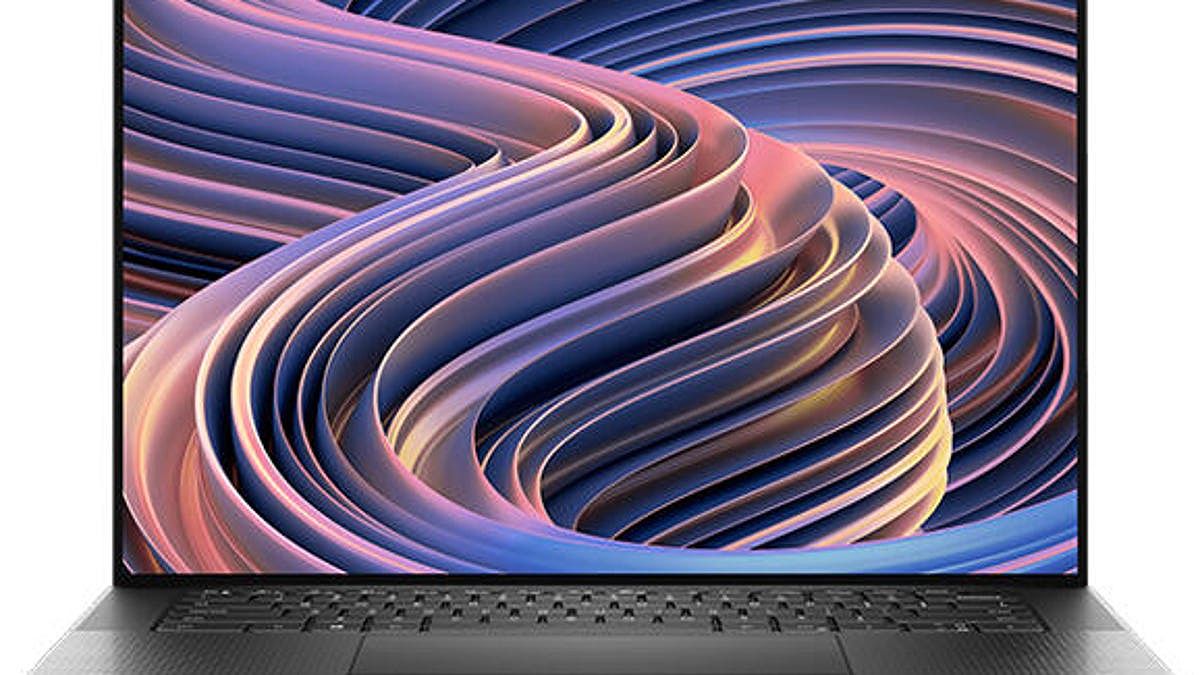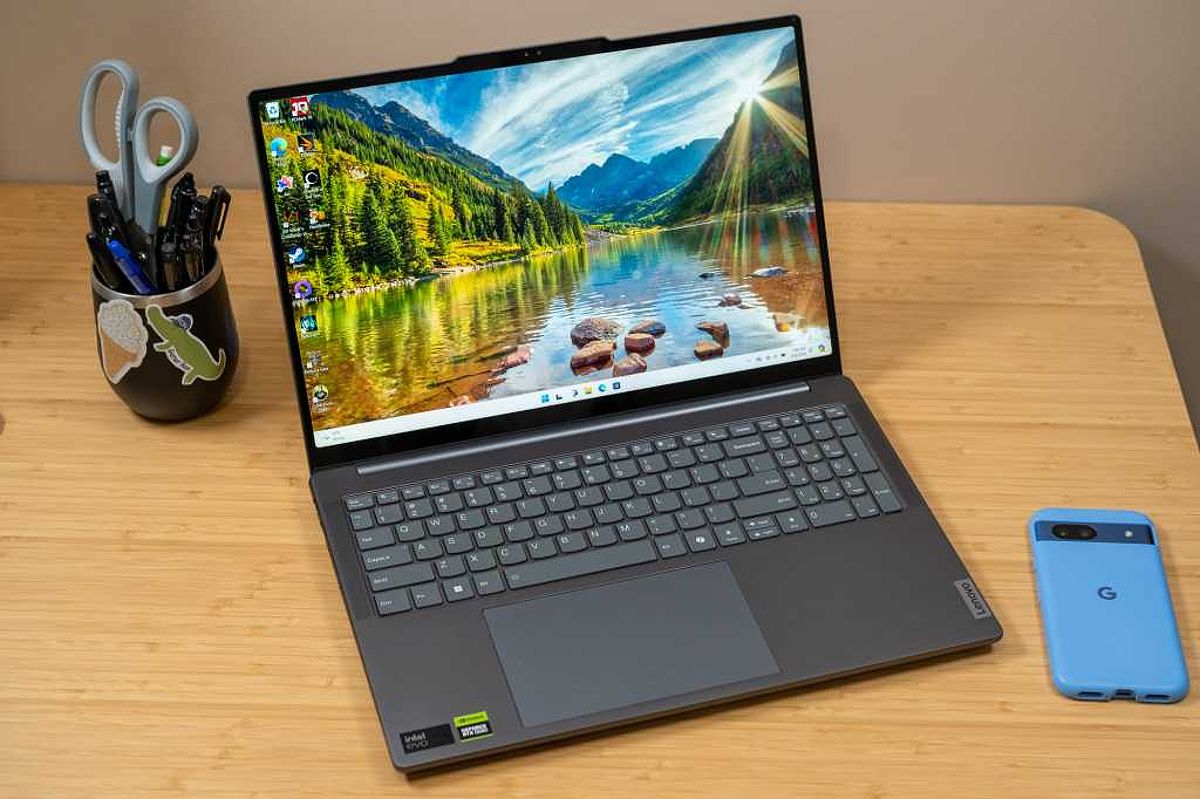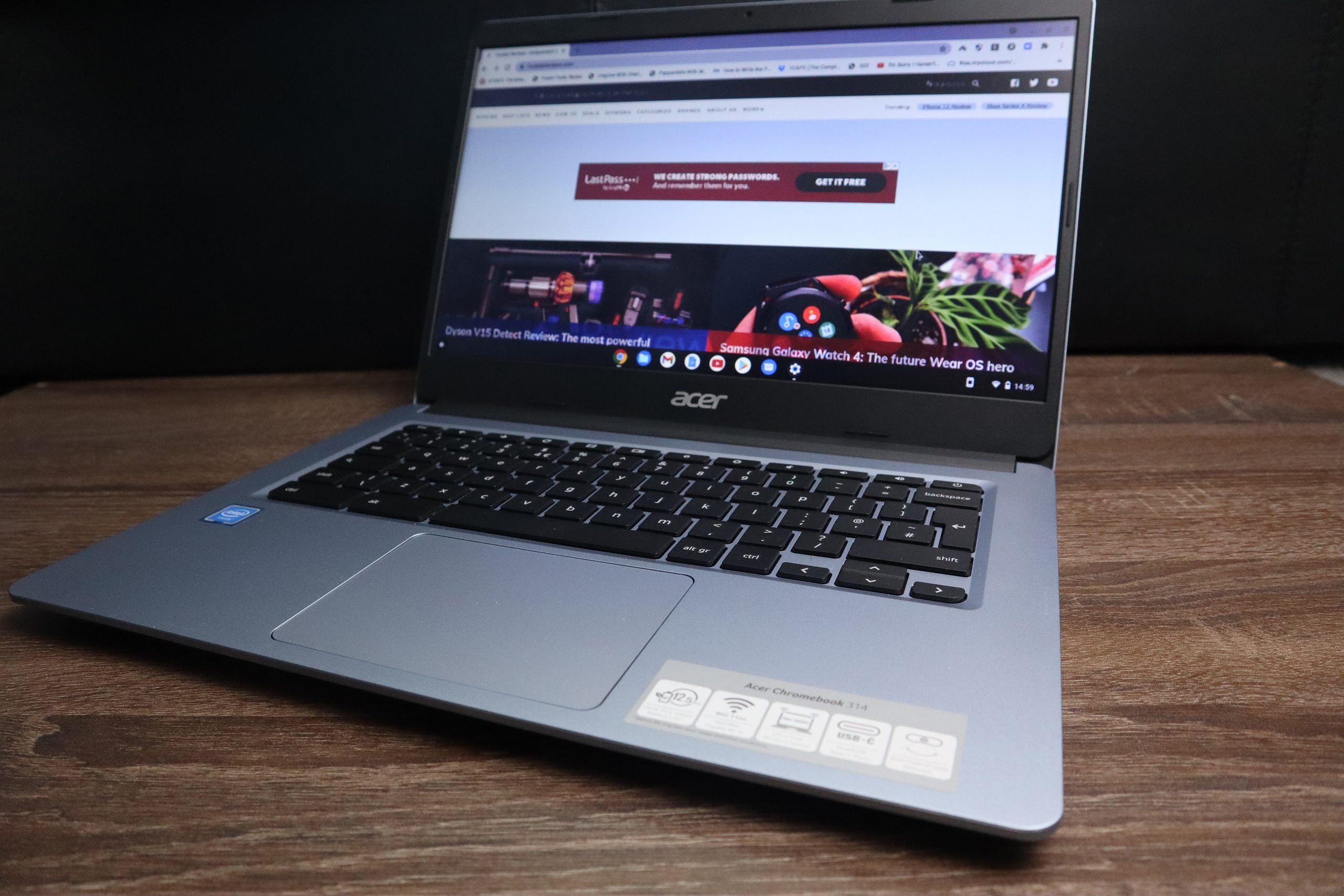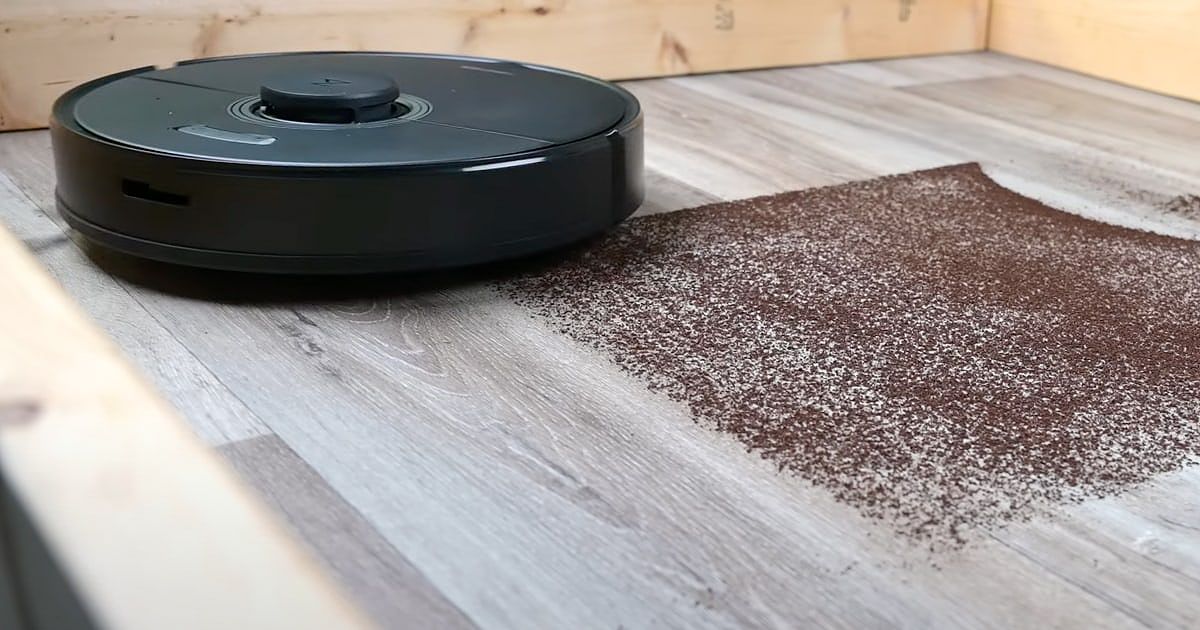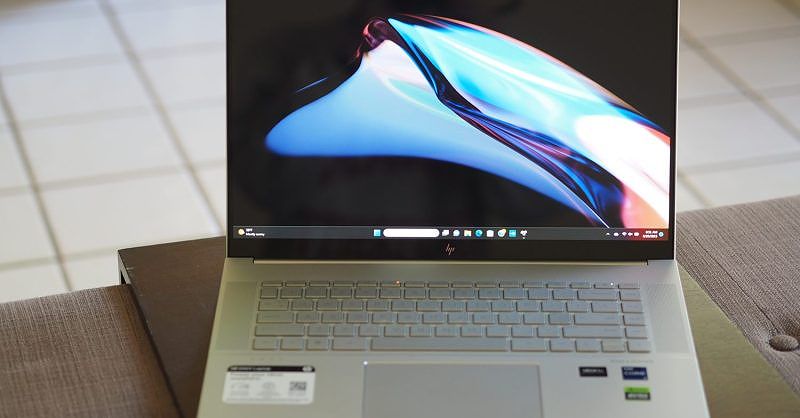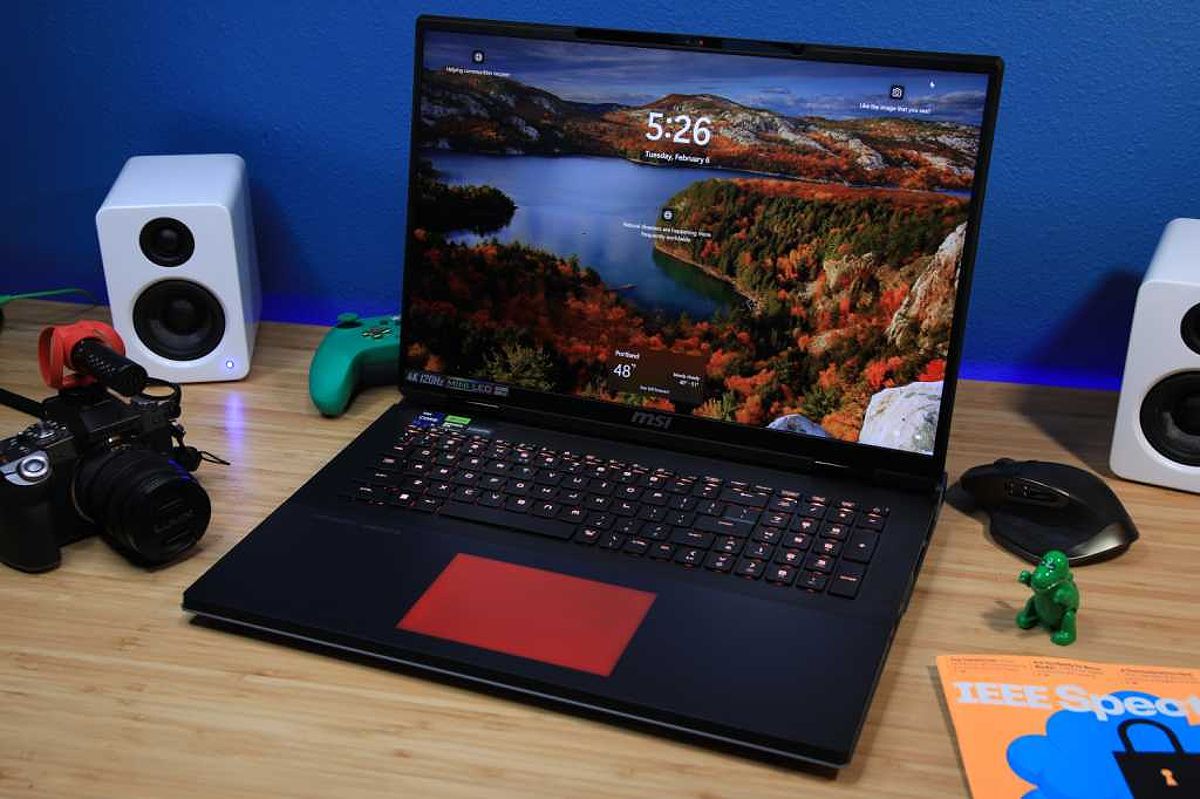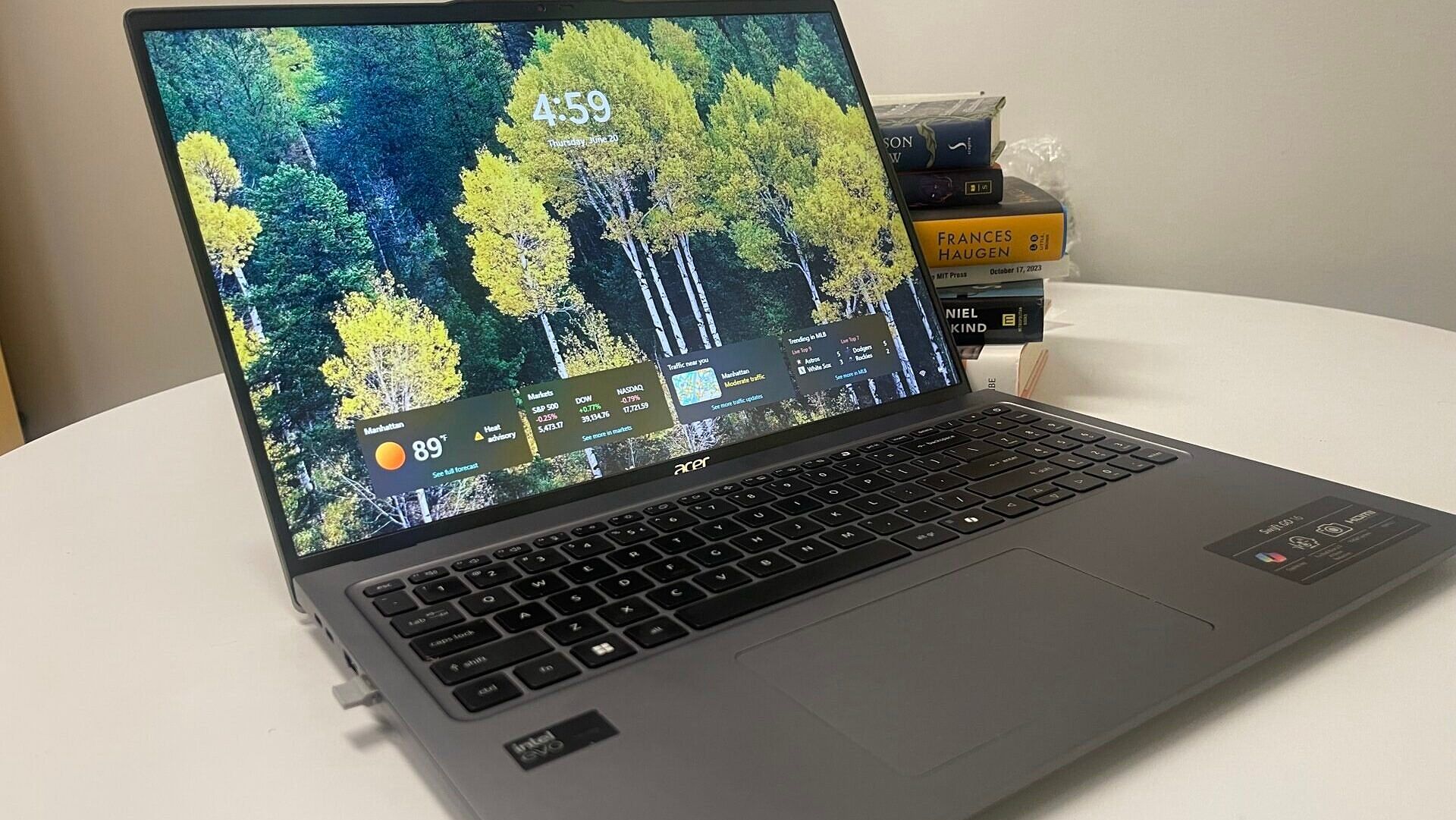Fire 10 Vs Fire 11: A Comparison For Students And Professionals
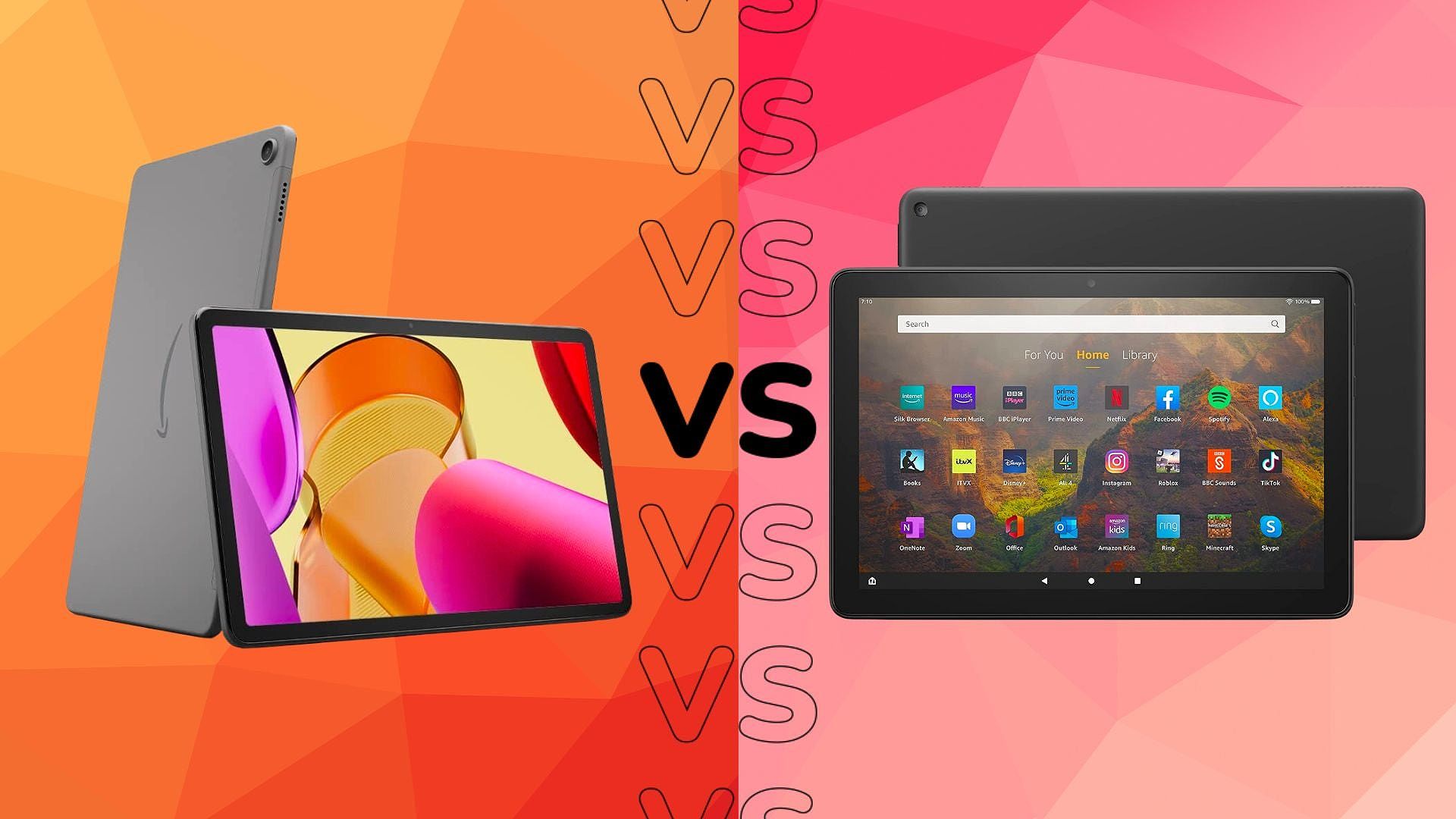
Choosing the right tablet for school or work can be a daunting task. With so many options available, it’s easy to get lost in the specs and features. Two popular contenders from Amazon, the Fire HD 10 and Fire Max 11, offer unique strengths for students and professionals. This article will compare the Fire 10 vs Fire 11 to help you determine which one best suits your needs and budget.
Performance and Features
When it comes to everyday tasks, performance is crucial. Let’s break down how the Fire HD 10 and Fire Max 11 stack up.
Processor and RAM
The Fire HD 10 is powered by an octa-core processor clocked at 2GHz, paired with 3GB of RAM. This setup is decent for basic tasks like browsing or streaming, but may struggle with multitasking. Think of it as a reliable sedan that can get you from point A to point B, but isn’t built for high-speed chases.
On the other hand, the Fire Max 11 boasts an upgraded octa-core processor running at 2.2GHz, along with 4GB of RAM. This means you can switch between apps with ease, taking notes while streaming lectures or pulling up research without breaking a sweat. If you’re in the “fire 10 vs fire 11” comparison, the Fire Max 11 clearly takes the lead for those who need robust performance.
Storage and Expandability
Next, let’s talk storage. The Fire HD 10 offers 32GB and 64GB options, which may suffice for basic apps and a few e-books. However, if you’re dealing with larger files or multiple textbooks, you might find yourself running out of space. The good news? It supports microSD cards, allowing you to expand your storage up to 1TB.
In contrast, the Fire Max 11 offers 64GB and 128GB configurations but lacks microSD support. For students and professionals who like to keep a vast array of resources at their fingertips, this limitation could be a dealbreaker. If flexibility is important to you, the Fire HD 10 might be the better choice in the “fire 10 vs fire 11” debate.
Display Quality
The Fire HD 10 features a 10.1-inch screen with a resolution of 1920 x 1200 pixels, which is decent for most tasks. However, if you’re into video editing or graphic design, you might find the display a bit underwhelming.
The Fire Max 11, on the other hand, sports a larger 11-inch display with a resolution of 2000 x 1200 pixels. This means clearer visuals and an immersive experience that’s great for watching lectures or studying complex diagrams. If you prioritize visual quality, the “fire 10 vs fire 11” comparison leans heavily in favor of the Fire Max 11.
Productivity and Note-Taking in the Fire 10 vs Fire 11 Comparison
In today’s fast-paced world, productivity is paramount. Let’s see how each tablet stacks up in this department.
Stylus Support and Note-Taking Apps
If note-taking is a crucial part of your routine, the stylus support is a significant factor. The Fire HD 10 can work with third-party styluses, which is great but might not meet the needs of students or professionals who rely heavily on handwritten notes.
The Fire Max 11, however, comes with a dedicated stylus that enhances the note-taking experience significantly. It supports popular applications like OneNote and GoodNotes, making it easier to organize your thoughts. If you’re serious about productivity, the Fire Max 11 is a strong contender, even if it does come with a heftier price tag.
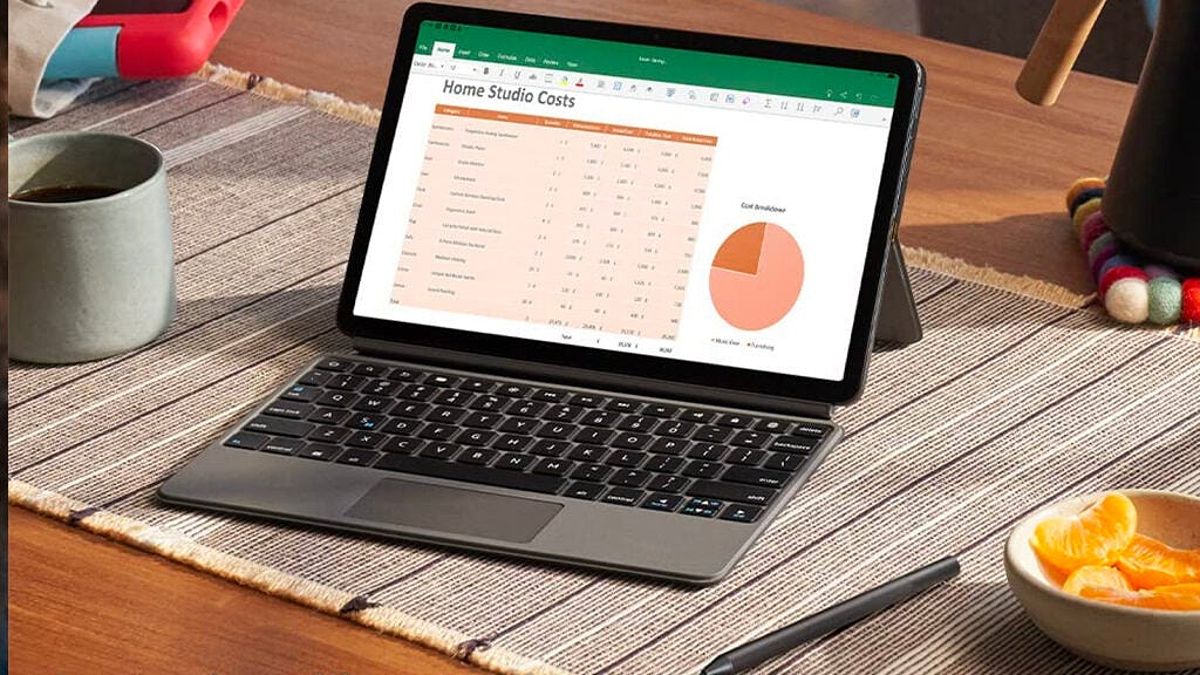
Keyboard Case and Document Editing
Both tablets offer keyboard case options that can transform them into effective productivity tools. The Fire HD 10 is compatible with third-party keyboard cases, but the experience might not be as seamless as the Fire Max 11’s magnetic keyboard case, which provides a more comfortable typing experience and shortcut keys.
If you’re frequently writing essays, reports, or completing assignments, the Fire Max 11’s keyboard case could be a game-changer in the “fire 10 vs fire 11” comparison.
App Availability
Let’s talk about apps. Both devices run on Fire OS, which, while based on Android, doesn’t include access to the Google Play Store. This means you might miss out on some essential apps that could help with your studies or work, like Google Drive or certain productivity tools.
While both tablets offer access to the Amazon Appstore, the selection is more limited compared to the Google Play Store. If you’re heavily invested in Google services, you might find both options lacking in this “fire 10 vs fire 11” discussion.
Battery Life and Portability
Portability and battery life are crucial factors for students and professionals on the go.
Battery Life
Picture this: you’re in the middle of a long study session or an important meeting, and suddenly your tablet dies. The Fire HD 10 claims an impressive battery life of up to 13 hours, making it a reliable choice for all-day use. Most users report that it handles various tasks without needing frequent recharges.
The Fire Max 11 also boasts around 14 hours of battery life, so both tablets are designed for portability. However, the Fire HD 10 is slightly lighter and more compact, making it easier to carry around campus or the office.
Weight and Size
The dimensions of a tablet can significantly impact how you use it. The Fire HD 10 is lightweight, weighing around 465 grams, making it comfortable for long reading sessions. This feature is particularly beneficial for students or professionals who need to move their tablets from place to place.
Conversely, the Fire Max 11 is slightly heavier at 489 grams. While the larger screen enhances your reading and viewing experience, some users may find it cumbersome for extended use. Ultimately, the choice between “fire 10 vs fire 11” in terms of weight and size will depend on your personal preferences and how you plan to use the tablet daily.
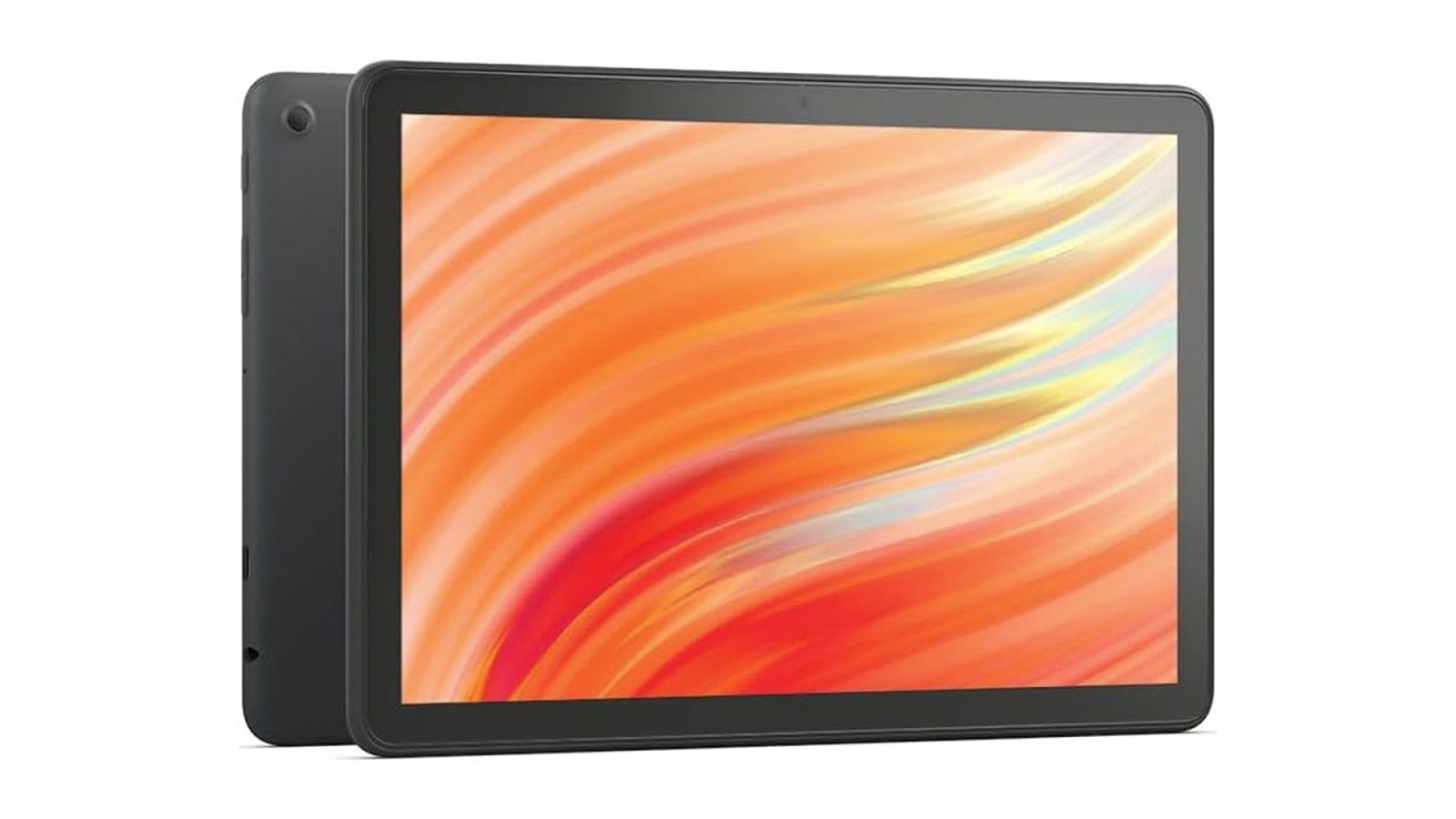
Price and Value
Let’s get down to the dollars and cents. The Fire HD 10 is the more budget-friendly option, typically priced lower than the Fire Max 11. This makes it an attractive choice for students or professionals who need a reliable tablet without emptying their wallets.
While the Fire Max 11 comes with a higher price tag, it offers advanced features that may justify the investment for some users. If you require a powerful device that can handle multitasking, better display quality, and stylus support, the Fire Max 11 could be worth the splurge. This “fire 10 vs fire 11” comparison highlights the balance between affordability and functionality.
Additional Considerations
Beyond the core features and performance, there are a few other factors to consider when choosing between the Fire HD 10 and Fire Max 11.
Accessibility and Customization
Both tablets offer accessibility features like text-to-speech, screen readers, and font size adjustments, making them suitable for users with visual or hearing impairments. However, the Fire Max 11’s larger display and stylus support may provide an enhanced experience for those with specific accessibility needs.
Additionally, the Fire OS ecosystem allows for a certain degree of customization, enabling you to personalize the home screen and install compatible apps from the Amazon Appstore.
Content Ecosystem
Amazon’s Fire tablets are deeply integrated with the company’s content ecosystem, including access to Amazon Prime Video, Kindle books, and Audible audiobooks. If you’re already an Amazon Prime member or heavily invested in their services, this integration can be a significant advantage.
On the other hand, if you prefer other content platforms like Netflix, Spotify, or Google-based services, the limited app availability on Fire OS may pose a challenge.
Conclusion
In summary, the choice between the Fire HD 10 and Fire Max 11 boils down to your individual needs and budget. The Fire HD 10 is an excellent budget option with solid performance, making it suitable for basic tasks and casual use. However, for students and professionals seeking enhanced productivity features, better performance, and a superior display, the Fire Max 11 is worth considering despite its higher price point.
Each tablet has its strengths, and understanding these can help you make the best decision for your academic or professional journey. Weigh your priorities, whether it’s portability, note-taking capabilities, or overall performance, and choose the tablet that aligns best with your needs and budget.
FAQ
Q1: Can I use Google apps on a Fire tablet?
A1: Fire tablets run Fire OS, which is a customized version of Android that does not include Google apps. You can download some Google apps from the Amazon Appstore, but the selection is limited. If you rely heavily on Google apps, you may want to consider a different tablet.
Q2: What is the best way to take notes on a Fire tablet?
A2: The best way to take notes on a Fire tablet is to use a stylus and a note-taking app. The Fire Max 11 comes with a dedicated stylus, while the Fire HD 10 can use third-party styluses. Popular note-taking apps include OneNote, GoodNotes, and Squid.
Q3: Are Fire tablets good for productivity?
A3: Fire tablets can be good for productivity, especially with the Fire Max 11’s dedicated stylus and keyboard case. However, the limited availability of Google apps might be a drawback for some users. It’s important to consider your specific productivity needs and whether the Fire OS ecosystem meets them.

